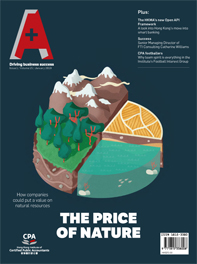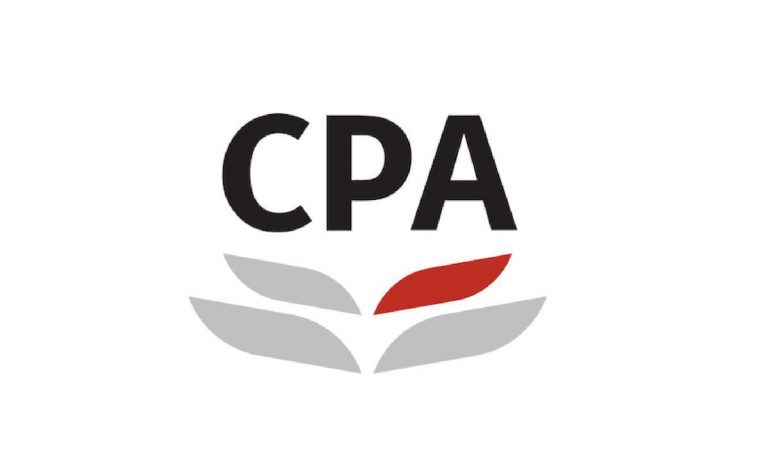Globally, stock markets are going through turbulent times, buffeted by uncertainties such as the United States’ Federal Reserve interest rate policy, the lingering trade war between the U.S. and China, and slowing economies around the world. In such a difficult environment, investing in high-yield dividend stocks stands out as a highly attractive financial strategy. Historical analysis shows that over the past 20 years, and especially the last 10 years, the relative outperformance of high-yield dividend stocks is most significant when the market is highly volatile, such as in today’s environment.
Going beyond the “dividend yield”
Investing in high-yield dividend stocks requires one to go deeper than just relying on the simple metrics of a “dividend yield,” as sometimes the “high” dividend can prove to be unsustainable. One also has to dig into both qualitative and quantitative factors to determine whether a company can continue maintaining a high dividend payout. For example, if a company’s historical dividend payout has been sporadic and inconsistent, then whether it can truly become a high-yield dividend stock requires more in-depth analysis. Likewise, if a company’s earnings are stalling or even in decline, but its dividend payout is on the rise, then one might also question the sustainability of such a high yield.
Essential attributes of high-yield dividend stocks
Sometimes, the stock market gives signals and confirmation to investors about high-yield dividend stocks. For example, high-yielding stocks tend to be less volatile compared to low-yielding stocks. One also has to take into account the financial structure as well as the sector the company operates in. For instance, a highly-leveraged company is less likely to sustain a high dividend yield, while utilities or consumer staples tend to have a more stable business profile, cash flow, and hence dividends.
“One also has to dig into both qualitative and quantitative factors to determine whether a company can continue maintaining a high dividend payout.”
Cash flow vs. profit
Dividend payouts to investors are hard cash which is sustainable only by stable cash flows – not by accounting profits. We have often seen corporates that may beguile investors with their “good” financial accounting profits, but the crude health of these corporates is betrayed by their cash flow statement. Indeed, profit can be a weak indicator of a company’s ability to distribute dividends. Some listed companies with robust earnings growth have been among the first ones to be bankrupted during a financial crisis.
Earnings before interest, taxes, depreciation and amortization (EBITDA) is often used as a starting point to gauge the cash flow situation of a company. However, EBITDA does not take into account the changes in requirements for both working capital and capital expenditure. At times, other metrics such as free cash flow (taking into account working capital requirements and capital expenditure which are essential for companies to grow) may be more relevant to determine a company’s capacity to distribute dividends – particularly for capital-intensive industries or high-growth companies.
Industries and listed companies with high dividend potential
Turning specifically to the Hong Kong stock market, several sectors are perceived to be high dividend paying stocks. These include utilities, real estate investment trusts, telecoms, banks and industrials. Most of the debates are centred around sustainability of the dividend payout of Mainland Chinese banks. Banks inherently are highly leveraged, and if provisions for debt repayment are to rise due to a slowing economy, they will have to lower the dividend payout. Furthermore, a changing regulatory environment may require banks to set aside more capital instead of paying out to investors.
Challenges ahead
The uncertainties surrounding the financial market are expected to remain in the new year. Investors are advised to (a) carry out their own due diligence research, such as on-site research to understand the competitive edge of a company’s products; (b) review company’s public information (e.g. annual reports, company announcements); and (c) attend continuous professional training sessions (e.g. e-Series, corporate finance, banking, legal and compliance related topics).
















